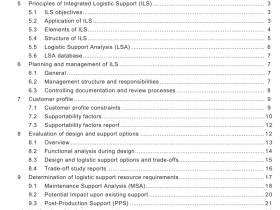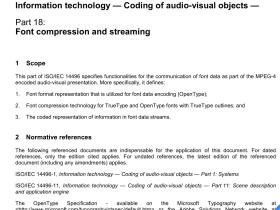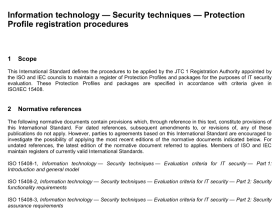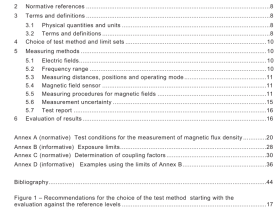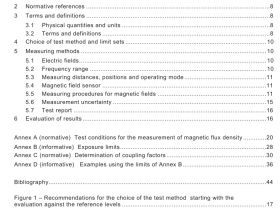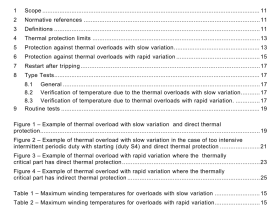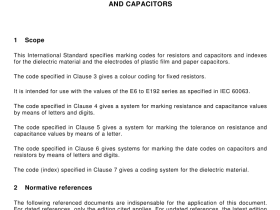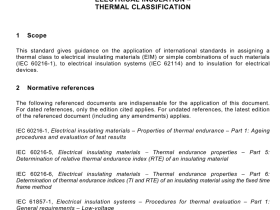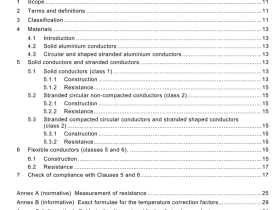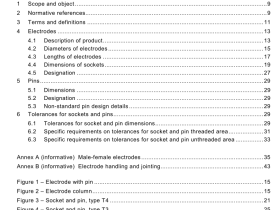AS IEC 62308 pdf download
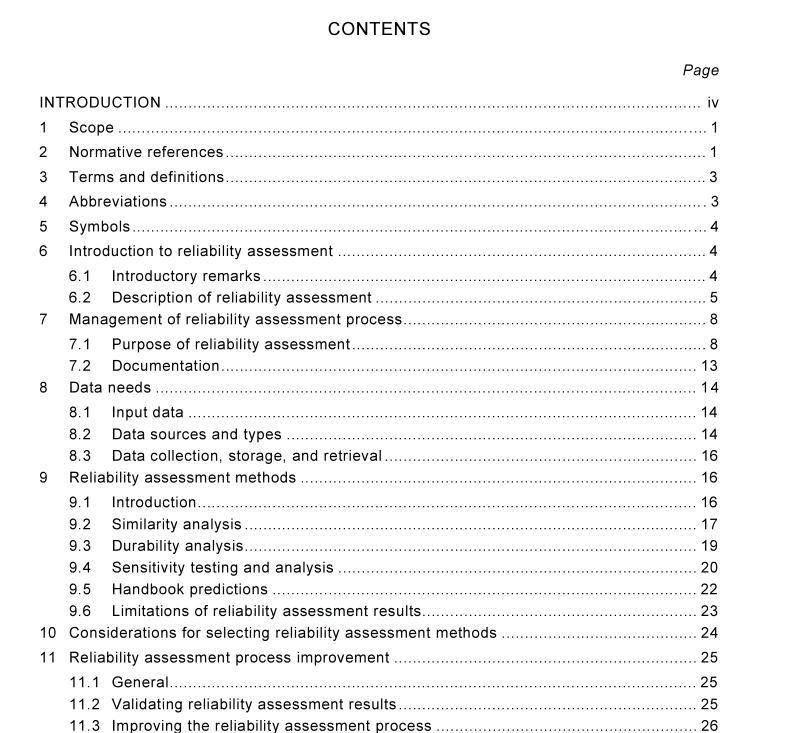
AS IEC 62308 pdf download Equipment reliability—Reliability assessment methods
The procedure outlined in this standard is aimed at providing reliability analysts, project managers, risk management engineers, designers, safety and reliability engineers, and logistic support engineers with an assessment method for an early estimate of an item’s instantaneous failure rate. The process for estimating life for items with a wear-out failure characteristic is also included.
6.2 Description of reliability assessment
6.2.1 General information
Reliability is not an attribute that can be assigned or measured for a single item. It is a stochastic or probabilistic parameter and therefore it cannot be measured exactly and repeatedly. It therefore has to be estimated from information on the amount of usage (e.g. running hours, cycles of operation, etc.) and the number of failures observed. It should be presented in the form of a confidence statement such as “80 % confidence that the true probability of successfully completing the mission lies between X and Y” or “period of time of interest without failure is between 0,963 and 0,995”.
An explanation of confidence and confidence intervals can be found in IEC 61 649. The classical definition of reliability is the probability of providing a specified performance level for a specified duration in a specified environment. Although such a probability is a useful measure for mission-oriented, low-volume products such as spacecraft, it is rarely a suitable measure for most high-volume products for which reliability relates more to product population than the performance of a single system or a mission. Specifying a single characteristic such as mean time to failure (MTTF) is not sufficient for a product that exhibits a time-dependent failure rate (i.e. non-constant failure rate).
6.2.2 Constant failure rate reliability measures
The general expression for reliability, R(t), is given by
where ( ) t λ is the instantaneous failure rate.
Another very useful (general) expression is
This only holds when λ is constant. Another useful but problematic quantity is the total accumulated number of product-hours, sometimes denoted by T*. Under the assumption of constant failure rate there is no difference from a statistical point of view between accumulating 1 000 000 h by one product, or 1 h by 1 000 000 products. In either case a point estimate of the population failure rate if there is one failure would be 1 0 -6 failures per product-hour.
The parameter λ being independent of time is referred to as the constant failure rate. A constant failure rate has many useful properties, one of which is that the mean value of the distribution of the product’s time to failure is 1 /λ. For non-repaired items (components), this mean value represents the statistically expected average length of time until product failure, commonly called the mean life or MTTF. This means that 63 % of the items can be expected to fail from time 0 until MTTF and 37 % after the MTTF. Another useful property of the constant failure rate is that it can be estimated from a population as the fractional decrease in the number of surviving items per unit time. However, it should be noted that the exponential distribution is the only distribution for which the failure rate is a constant and that the mean life is not 1 /λ(t) when the failure rate is not constant.
